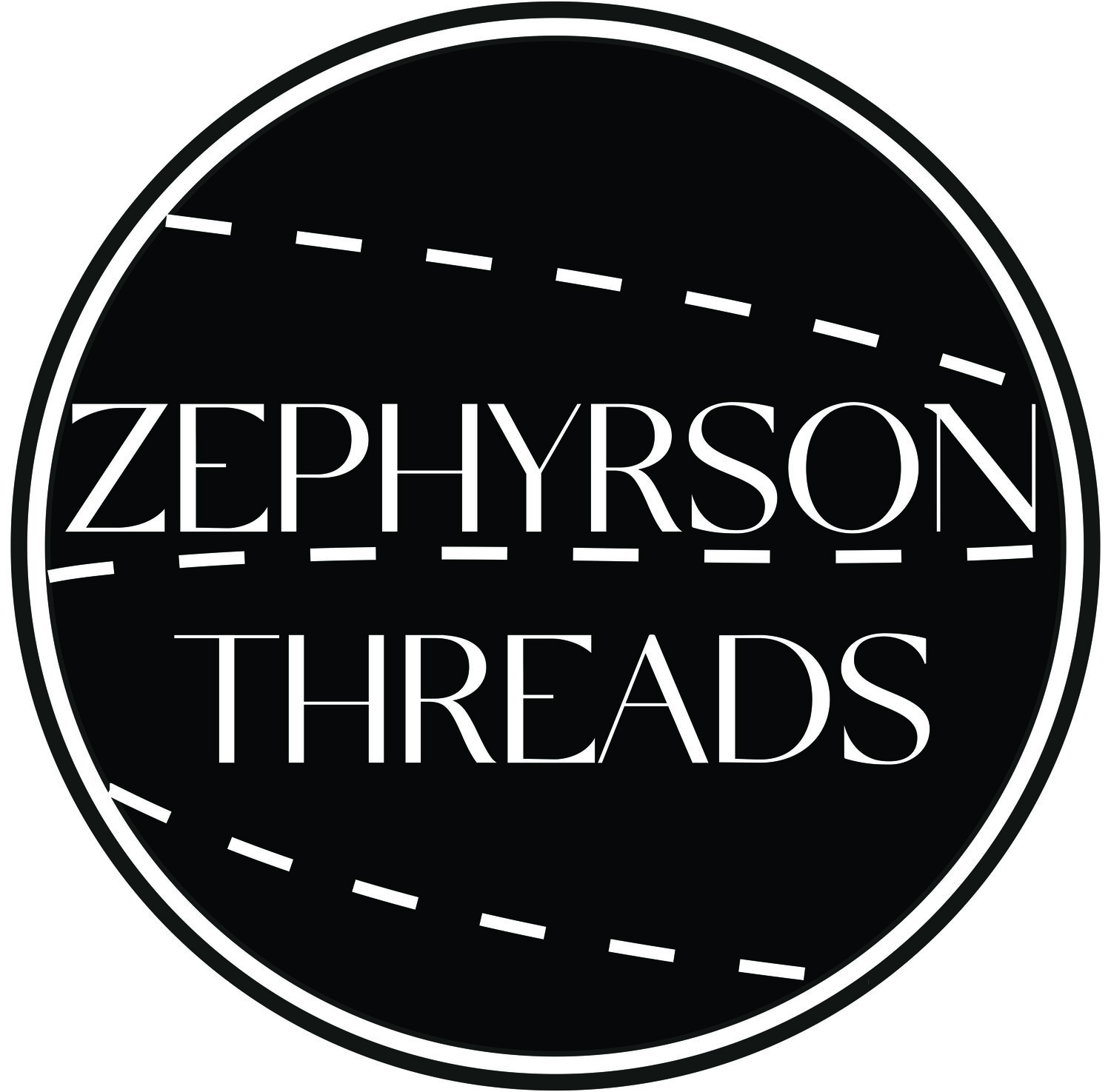OUR PROCESS
Our process begins by taking pre-loved or vintage garments and fabric, and using dye, paint, beading, embroidery and other embellishments to turn each of them into a one-of-a-kind, sustainable fashion masterpiece
We also create patches and appliqué pieces to give character to (or even to cover up a spot or stain on) garments that you already have in your wardrobe, or to give as the perfect gift for someone you know who appreciates handmade art and eco fashion that is made in Australia
We can also create custom designs from start to finish and work on existing clothing, shoes, bags, accessories, curtains, fabric or homewares you may already have at home, or with whatever fabric or garment your project requires, to create a personalised design that is unique and distinctive as well as being a sustainable choice for our planet
Some of our sustainable practices and techniques include
Warehouse/Alternative Sourcing
Op shops generally only sell clothing and items that are still functional and have little or no damage (i.e. all the buttons are still on, the zips still work and there are no other major flaws). This means that those items are not quite at the end of their life cycle, as they will most likely be bought and worn by at least one more person before becoming waste. So, we try to source our products direct from warehouses (where the op shops sort out their stock for stores) or other sources like garage sales where the items are often at the very end of their life cycle as they are not appropriate for resale or use in industry (like turning into rag scraps destined for a mechanics workshop)
Upcycling
Upcycling, also known as creative reuse, is the process of taking something of little or no value (like waste products, by-products and other unused or unwanted products) and turning it into something of better quality, with more artistic or environmental value. For us, aside from sourcing pre-loved garments like jackets from places like op shops, markets and garage sales, we also acquire other items like blankets, cushion covers and cross-stitch patterns that we use to upcycle into completely new garments. We use both types of upcycling in our work - embellishing pre-made garments and breaking down other items and constructing garments or patches out of them
Zero Waste Pattern Design
When creating patterns, often 15% to 20% of the fabric gets cut off and becomes waste. In zero waste pattern making, the aim is that the pattern is altered to use 100% of the fabric roll, leaving no waste at all. This isn’t always an easy task, and creating good quality, well-constructed garments that fit well will most often leave some excess scrap fabric on the side, especially when making slight alterations when tailoring a garment to fit someone exactly. So, we use another process to collect and re-process any remaining scrap fabric, fibres or threads into a new piece
Fibre Bonding
When embroidering, there are a lot of excess threads that need to be cut off at the ends when changing colours or starting a new project. Plus, using the excess scrap fabrics from the by-products of upcycled designs, you can end up with piles of tiny pieces of fabric, too small to even put into a patchwork design, and tiny pieces of thread that are useless for sewing. But, using a type of water soluble stabiliser, you can re-bond all of these threads and fibres back together to create a whole new, one-of-a-kind fabric. We employ this technique for almost all of our scraps that cannot be used for any other purpose
Visible Mending
Visible mending is a technique used to patch a hole or cover a stain, without trying to disguise the patch or stitches, but rather to emphasise and highlight them and sometimes use them as a feature for the garment. This not only extends the life cycle of the garment, but can turn it into a unique piece of art
Patchwork
One of the easiest and best ways the Zephyrson Threads use to make sure that each last scrap of fabric is used is to create a patchwork with the scrap pieces. We do this by using traditional straight-sided quilting techniques, “crazy quilting” style patchwork and with pieces overlaid and bound back together with fabric glue and artistic visible stitch lines like in Japanese “sashiko boro”
Through each and every step of our production, great care is taken to minimise our carbon footprint and keep any waste to an absolute minimum. We try to make sure that each and every piece that is created by Zephyrson Threads is made to a high quality standard and that all of the pieces are designed to withstand any and all of life's regular wearing and tearing. Though, we know that not all of the garments we use can always stand up to the test of time. So we offer a lifetime guarantee on all our items. This means that if your garment needs to be mended or repaired after regular wear and tear throughout the lifetime of the garment, we will fix it for you for free. Or alternatively, we will provide you with the threads and fabric required and we can teach you how to do the repairs yourself at no charge. Then, hopefully we might even inspire you to repair any other items you might have at home and maybe even pass on the knowledge to others and help to spread the good word of Zephyrson Threads - we already have more than enough clothes on this planet, now we just have to learn how to properly keep them.






